Seizure Disorders in Nigerian Children
DUW
Written by Dr. Udoh Wisdom
Published: 30 Oct 2024
Last Updated: 24 Dec 2025
1 min readChildren's Health
Nigerians call it Epilepsy. If you have a child with epilepsy, this article will help you learn about seizure disorders in children and how to manage similar cases.






